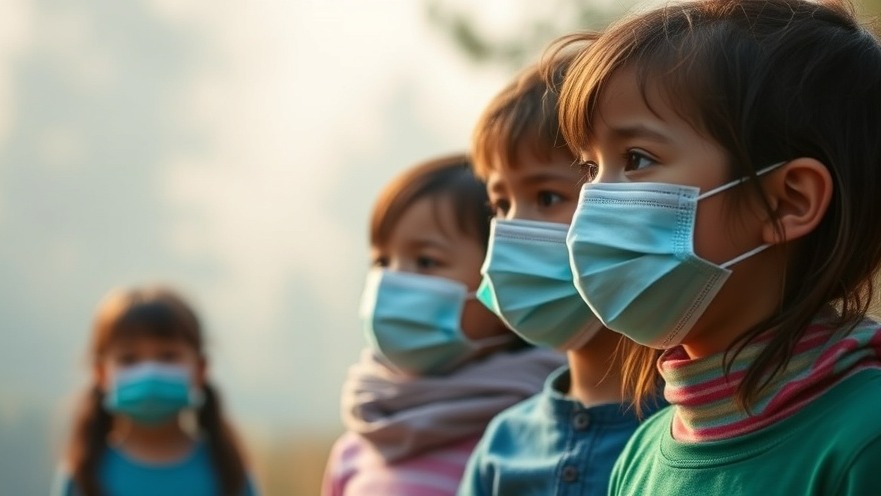
Why Wildfire Smoke and Ash Are a Concern for Children’s Health
Dense smoke and ash from wildfires pose significant health risks, particularly for children. The respiratory systems of children are still developing, making them more vulnerable to air quality impacts. Exposure to harmful particulates can lead to various health issues, including shortness of breath, decreased lung function, and exacerbated asthma. As healthcare providers, it's crucial to understand these risks and how to communicate them effectively to our patients and their families.
Coping Strategies for Families During Wildfires
When wildfires occur, families need guidance on how to protect their children. Here are some practical steps for concierge medical practices to share with patients:
Keep indoor air clean by using air purifiers with HEPA filters.
Encourage patients to stay indoors when air quality is poor; consider limiting outdoor play and activities.
Educate families about recognizing symptoms related to smoke exposure, such as coughing or difficulty breathing.
The Importance of Health Communication in Crisis Situations
Concierge medical practices are uniquely positioned to provide personalized care during crises like wildfire events. Employing empathetic communication can significantly help families navigate stress and uncertainty. It’s vital to consistently update families about local air quality conditions and provide reassurance about health resources available to them. Establishing a trusted line of communication can foster a sense of community and safety.
Future Considerations: Long-Term Impact on Children
As wildfires become more frequent and intense, understanding the long-term implications of smoke and ash exposure will be crucial for creating effective health interventions. Ongoing research is needed to assess the chronic effects of smoke exposure on children’s respiratory health. Implementing strategies now will help protect future generations and solidify your practice's role as a community health leader.
Building Resilience in Patients
Understanding the environmental factors affecting children’s health can empower healthcare providers and families alike. By advocating for public health initiatives and community education about air quality, concierge practices can lead the charge in enhancing wellness for families. Reminding families of the importance of nutrition, exercise, and mental well-being can also help them build resilience against external stressors during wildfire season.
 Add Row
Add Row  Add
Add 




Write A Comment